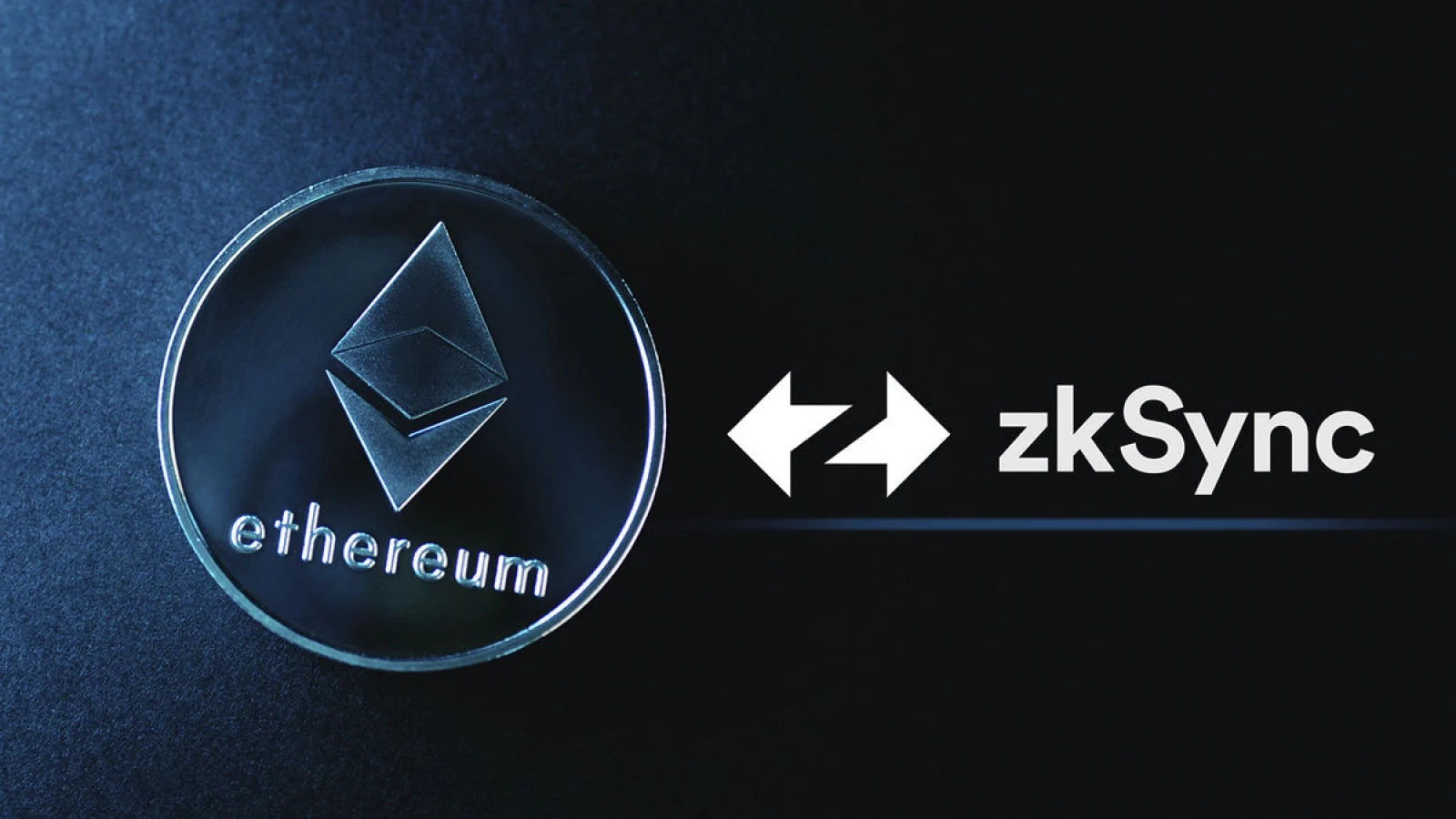The zkSync team has released a new upgrade called Boojum, named after a mythical creature in a Lewis Carroll poem. This upgrade helps further decentralize the fast zkSync layer-2 network on Ethereum.
According to the zkSync team, the Boojum upgrade has been launched in “shadow mode” on a test network running parallel to the Ethereum mainnet. This shadow mode allows testing the upgrade as part of a phased rollout.
zkSync is a scaling solution for Ethereum that uses zero-knowledge (zk) rollups. Rollups come in two types: zk and optimistic. Both batch transactions off the Ethereum mainnet, bundle them together, compress the bundles into a cryptographic proof, and settle the proof on Ethereum.
Part of the rollup process involves a “prover” technology that compresses and packs the transactions into the cryptographic proof. This prover acts like a cryptographic trash compactor, compressing potentially thousands of dollars worth of crypto transactions into the proof.
The high computing power required to generate the cryptographic proofs makes it difficult for average users to participate in securing zkSync.
The new Boojum upgrade is intended to lower the hardware barrier so more users can help secure zkSync.
Boojum, named after a fictional dangerous creature from Lewis Carroll, reduces the computing requirements for generating the proofs.
According to Alex Gluchowski, CEO of zkSync, the new zkSync prover requires only 8 gigabytes of hardware memory, whereas the average prover in the industry needs approximately 500 gigabytes.
In an interview with Decrypt on July 18, 2023, Mr. Gluchowski stated, “So far, we’ve seen the benchmark competitors indicating something like north of 500 gigabytes of RAM for a prover. And as you can only run it on the cloud, it’s not ready for this [wide adoption]. Our prover requires only eight gigabytes of GPU RAM and it can run on GPUs that are compatible with gaming computers.”
In addition to reducing hardware requirements, Boojum also compresses transactions at a much lower cost, according to Alex Gluchowski, CEO of zkSync. He explained that minimizing expenses is vital, even if it’s only by pennies per transaction.
In an interview on July 18, 2023, Mr. Gluchowski stated, “Just because a single transaction costs $1 to produce, or even 10 cents, or even less than that, getting through hundreds of thousands of transactions per second would mean massive expanding, and you will probably not have enough of the hardware in the vulnerable clusters to produce and sustain this load.”
The upgraded zkSync prover will make generating cryptographic proofs accessible to anyone, instead of relying on several large data centers to support the blockchain network, according to CEO Alex Gluchowski.
In an interview on July 18, 2023, Mr. Gluchowski stated that just as itcoin">Bitcoin miners and Ethereum validators are compensated for securing their networks, zkSync provers would also be paid for their work.
He argued that this could be a viable way for the mining industry to transition away from proof of work protocols.
“I personally don’t think the proof of work will be a sustainable source of business,” said Mr. Gluchowski. “They will have to shift to something that actually provides normally redundant value, not like waste kind of work. Actually like doing some useful work.”
According to Alex Gluchowski, CEO of zkSync, now that the prover has been decentralized, the next step is to decentralize zkSync’s sequencer which orders transactions in each block.
In an interview on July 18, 2023, Mr. Gluchowski stated that decentralizing the sequencer also implies a potential future token launch.
“When you decentralized the sequencer, you will need some way to permissionlessly verify transactions,” he explained.





